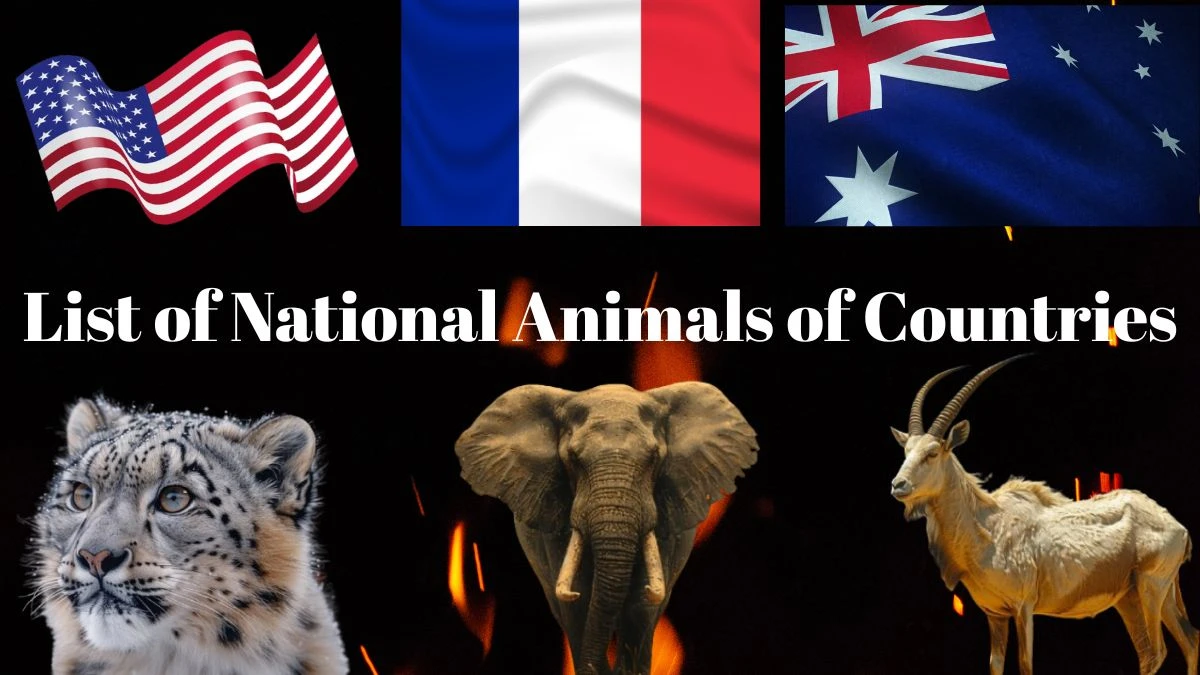List of National Animals of Countries
National animals are more than just wildlife — they are powerful symbols that embody a nation's identity, heritage, values, and natural environment.
Selected for their cultural, historical, or ecological significance, these animals represent the unique spirit of a country and often appear in national emblems, folklore, and traditions.
From the bold Bald Eagle of the United States to the revered Elephant of Thailand, each national animal tells a story about the land and its people.
This article explores a diverse list of national animals across the globe, highlighting how these creatures symbolize pride, resilience, freedom, or unity in their respective countries.
| Country | National Animal |
|---|---|
| Afghanistan | Snow Leopard (Panthera uncia) |
| Argentina | Rufous Hornero (Furnarius rufus) |
| Australia | Red Kangaroo (Macropus rufus) |
| Bangladesh | Royal Bengal Tiger (Panthera tigris tigris) |
| Bhutan | Takin (Budorcas taxicolor) |
| Canada | North American Beaver (Castor canadensis) |
| China | Dragon (mythical) & Giant Panda (Ailuropoda melanoleuca) |
| France | Gallic Rooster (Gallus gallus domesticus) |
| Germany | Federal Eagle (Bundesadler) |
| Greece | Dolphin (Delphinus delphis) |
| India | Royal Bengal Tiger (Panthera tigris tigris) |
| Japan | Japanese Macaque (Macaca fuscus) |
| Kenya | Lion (Panthera leo) |
| Malaysia | Malayan Tiger (Panthera tigris jacksoni) |
| Maldives | Yellowfin Tuna (Thunnus albacares) |
| Nepal | Cow (Bos indicus) |
| Netherlands | Lion (Panthera leo) |
| New Zealand | Kiwi (Apteryx mantelli) |
| Oman | Arabian Oryx (Oryx leucoryx) |
| Pakistan | Markhor (Capra falconeri) |
| Russia | Eurasian Brown Bear (Ursus arctos arctos) |
| Singapore | Merlion (mythical) |
| South Africa | Springbok (Antidorcas marsupialis) |
| Spain | Bull (Bos taurus) |
| Sri Lanka | Lion (Panthera leo) |
| Thailand | Elephant (Elephas maximus indicus) |
| United Arab Emirates | Arabian Oryx (Oryx leucoryx) |
| United States | Bald Eagle (Haliaeetus leucocephalus) |
Below is an A–Z guide of countries and their national animals, with fascinating insights into what makes each animal an emblem of pride.
A
- Afghanistan
- Argentina
- Australia
Afghanistan – Snow Leopard (Panthera uncia)
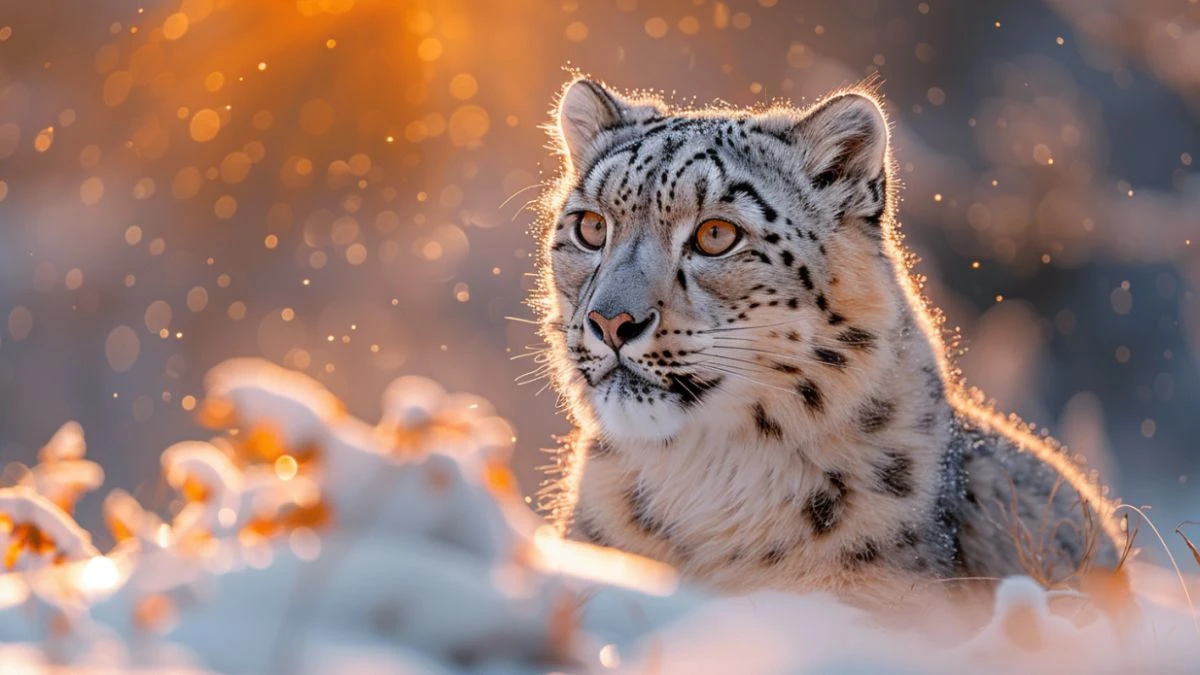
In Afghanistan’s rugged Hindu Kush mountains, the snow leopard prowls with ethereal grace, a symbol of endurance in a land scarred by conflict.
This elusive predator, often considered a ghost of the highlands, is a living testament to resilience. The snow leopard’s solitary nature mirrors the Afghan people’s ability to endure through centuries of hardship.
Once a symbol of purity and royalty, the leopard is now facing a rapid decline, with fewer than 7,000 left in the wild.
Protecting this endangered species has become a symbol of Afghanistan’s desire to heal and reclaim its forgotten beauty.
Argentina – Rufous Hornero (Furnarius rufus)
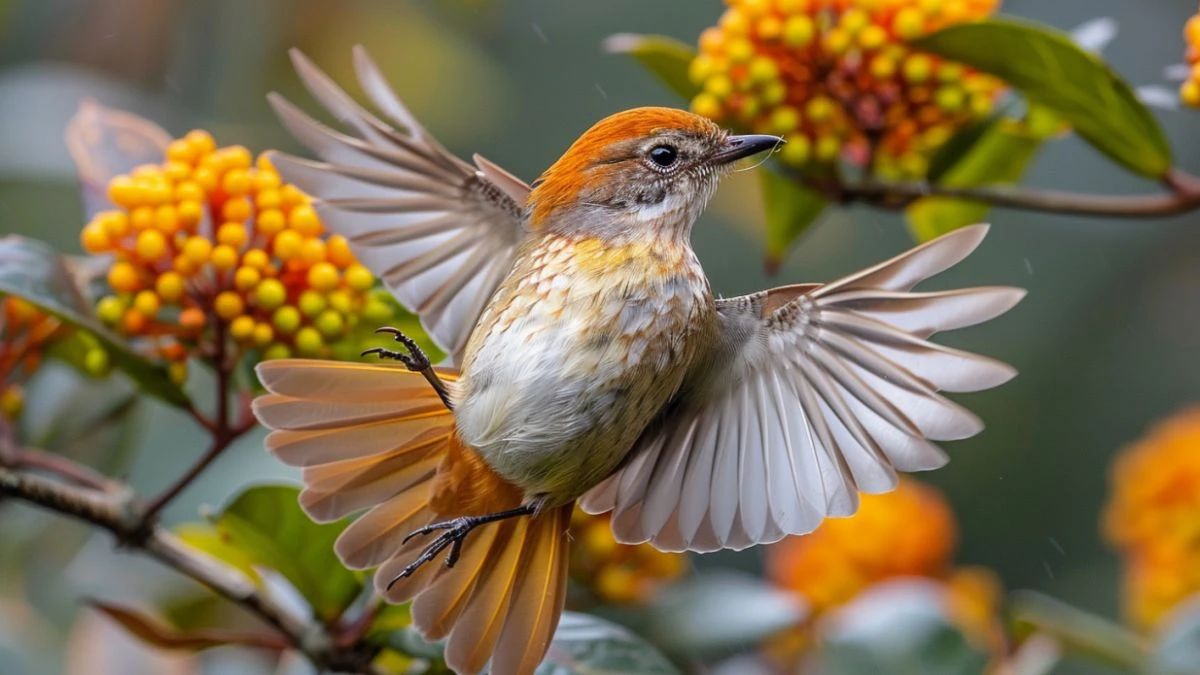
Meet Argentina’s humble yet hardworking architect—the rufous hornero. This small bird, known for building its elaborate mud nests, is a symbol of the nation’s craftsmanship and unwavering spirit.
The rufous hornero constructs its homes in the most intricate way—using its beak to mold a durable fortress that withstands the test of time.
Argentina’s people, much like the hornero, build strong foundations, creating legacies through art, music, and a rich cultural tapestry.
The bird’s song, heard at dawn, is a melodic reminder of the beauty in simplicity and the unshakable bond Argentinians share with their land.
Australia – Red Kangaroo (Macropus rufus)
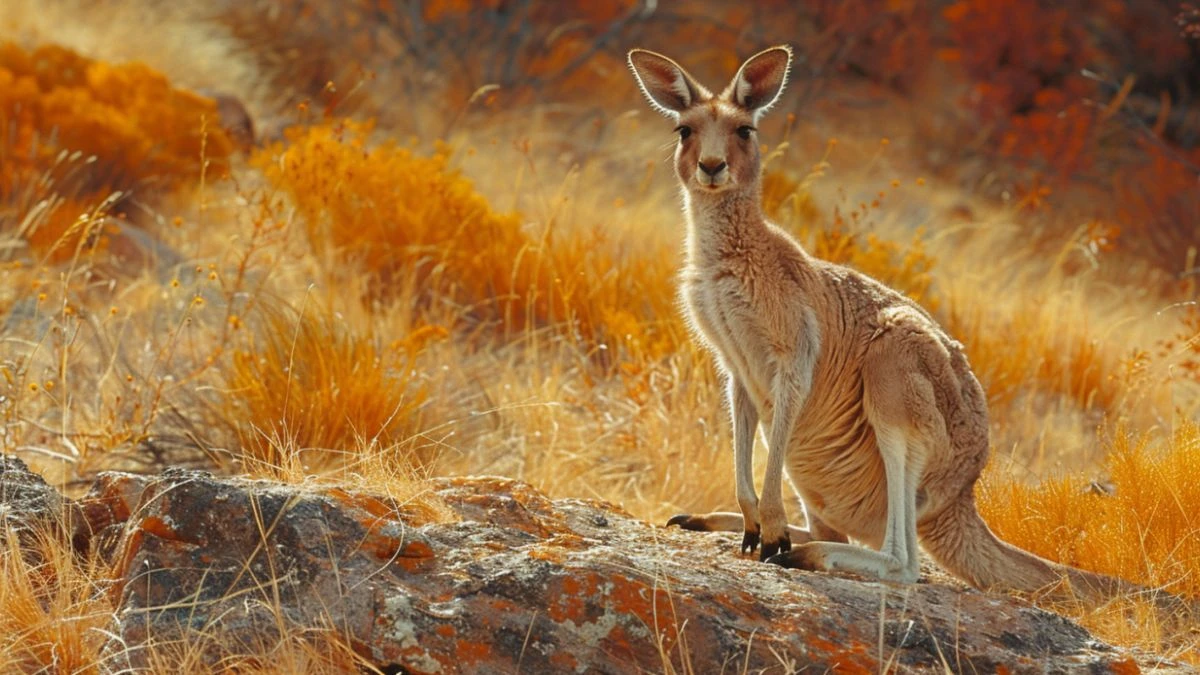
The red kangaroo, an icon of the Australian outback, embodies the fierce independence and strength of the nation itself.
With powerful hind legs and a mesmerizing grace, the kangaroo is a symbol of the resilience required to thrive in Australia’s harsh and unpredictable terrain.
Known for its ability to travel vast distances with minimal resources, the red kangaroo represents an unyielding forward momentum. Just as the kangaroo cannot move backward, Australia, too, refuses to retreat, always advancing toward new horizons.
In the same way, Australia’s identity as a land of opportunity and innovation is ever-growing and unstoppable.
B
- Bangladesh
- Bhutan
Bangladesh – Royal Bengal Tiger (Panthera tigris tigris)
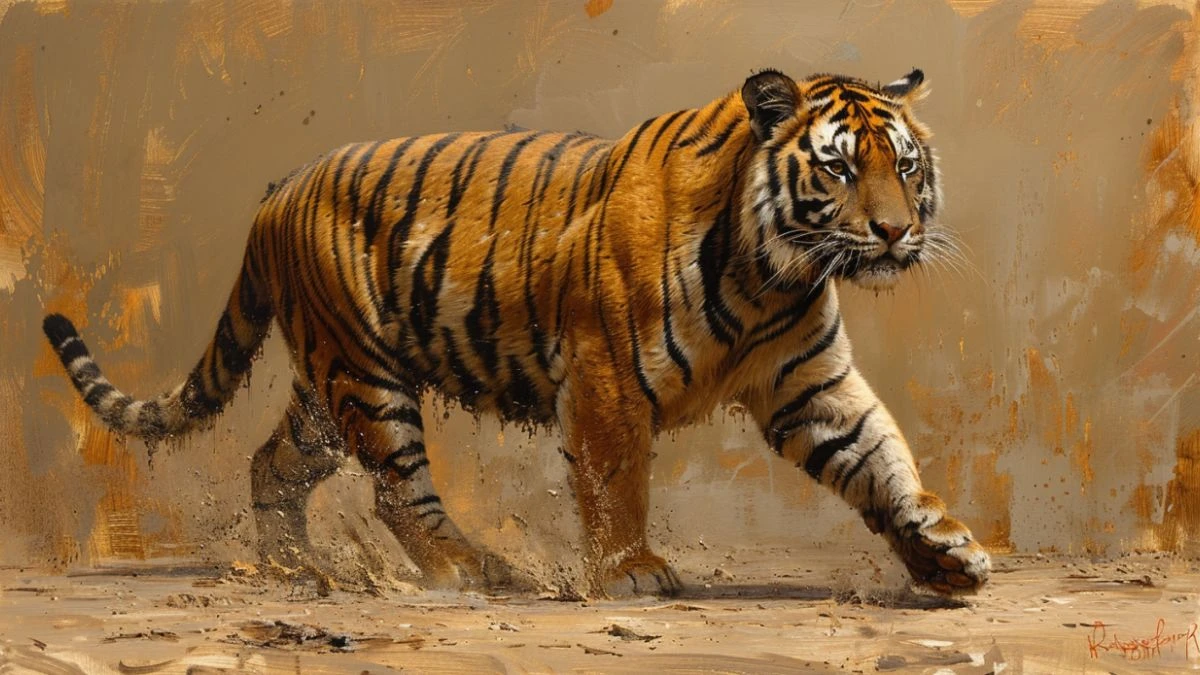
Deep within the Sundarbans, the Royal Bengal Tiger prowls, its presence a haunting melody in the dense mangroves.
Revered in folklore and history, this magnificent predator stands as both a spiritual symbol and a testament to Bangladesh’s strength and beauty. Despite its grandeur, the tiger faces imminent extinction, with only a few hundred left in the wild.
In Bangladesh, the tiger embodies courage, independence, and the fight for survival. It’s a living myth that whispers of the need for conservation efforts, ensuring the roar of this majestic creature continues to echo through the Sundarbans for generations to come.
Bhutan – Takin (Budorcas taxicolor)
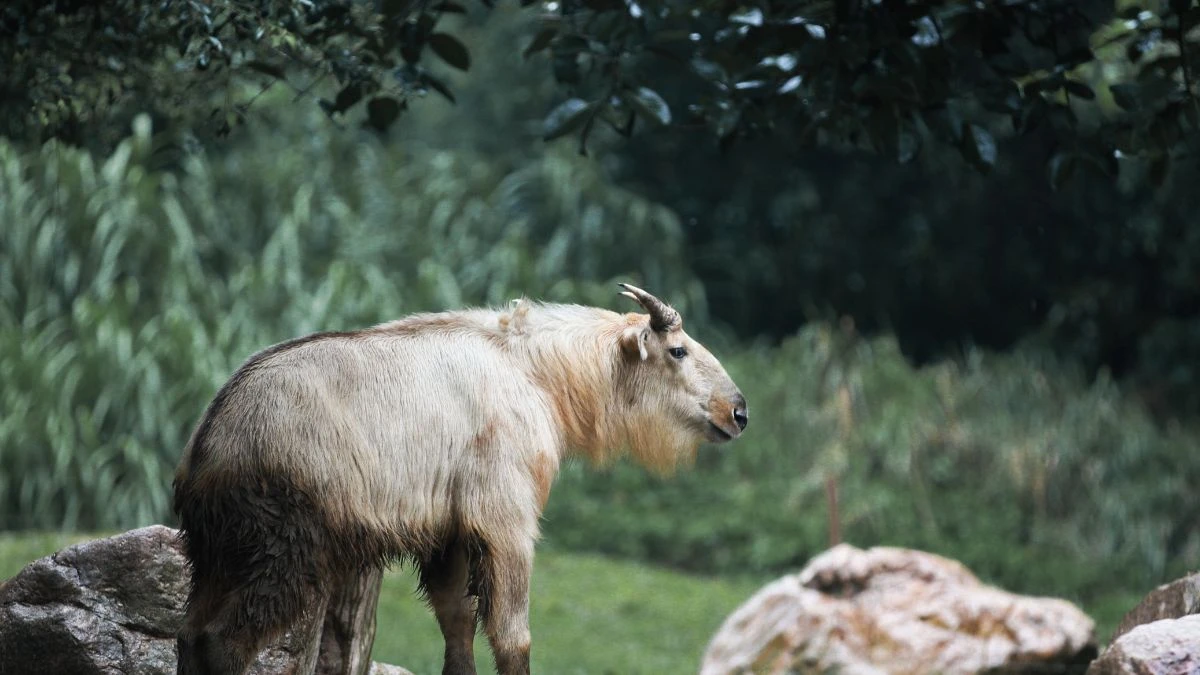
Bhutan’s takin, a creature seemingly born from myth, is one of the world’s most unique and mysterious animals. Legend tells that a mad saint created the takin from a goat and cow, a tale as fantastical as the creature’s appearance.
This peculiar animal, with its shaggy coat and muscular build, is perfectly suited to Bhutan’s rugged landscape.
A sacred animal, the takin is revered by Bhutanese people as a protector of their land and culture. It climbs the steep Himalayan slopes with remarkable ease, just as Bhutanese people navigate the spiritual and physical challenges of their mountainous homeland.
The takin represents the blending of mythology and reality in Bhutan’s deeply spiritual society.
C
- Canada
- China
Canada – North American Beaver (Castor canadensis)
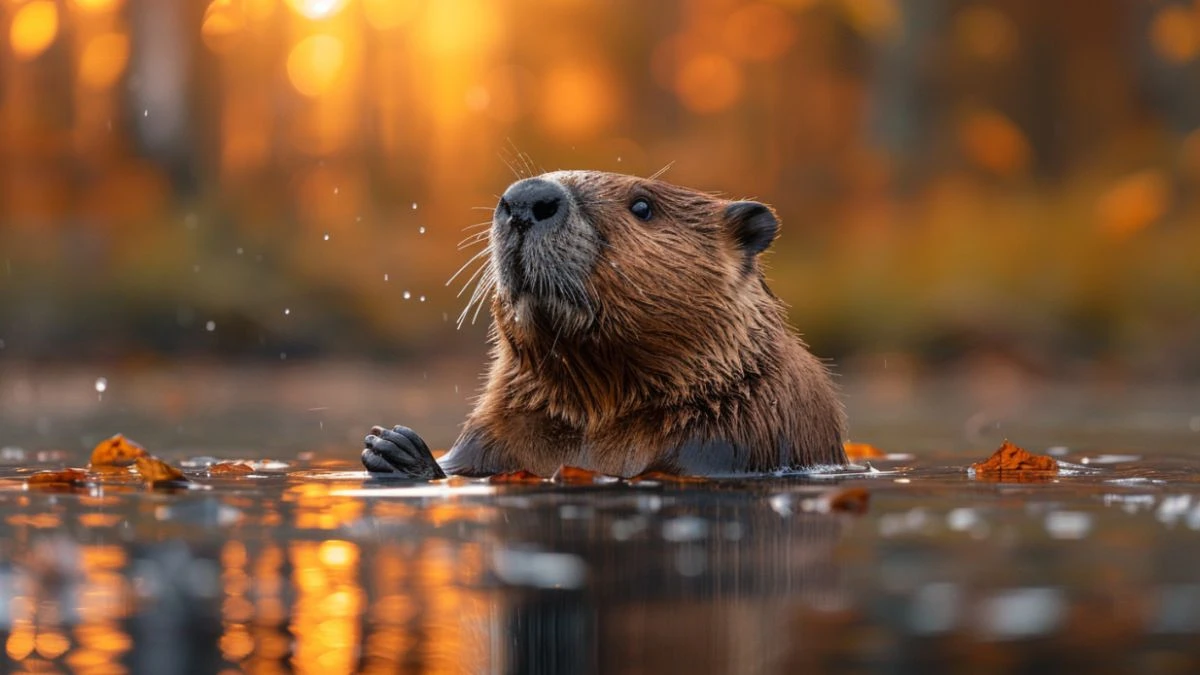
The North American beaver, with its industrious nature, has shaped Canada’s landscape like no other animal. The beaver’s incredible ability to build dams and alter ecosystems mirrors the ingenuity and determination that characterize the Canadian spirit.
Once a central figure in the fur trade, the beaver is now a symbol of conservation and environmental stewardship.
Canada’s commitment to preserving its natural resources and wildlife is embodied by this small, tireless creature.
From the wetlands to the northern forests, the beaver is a reminder that small efforts, made over time, can transform the world around us.
China – Dragon & Giant Panda
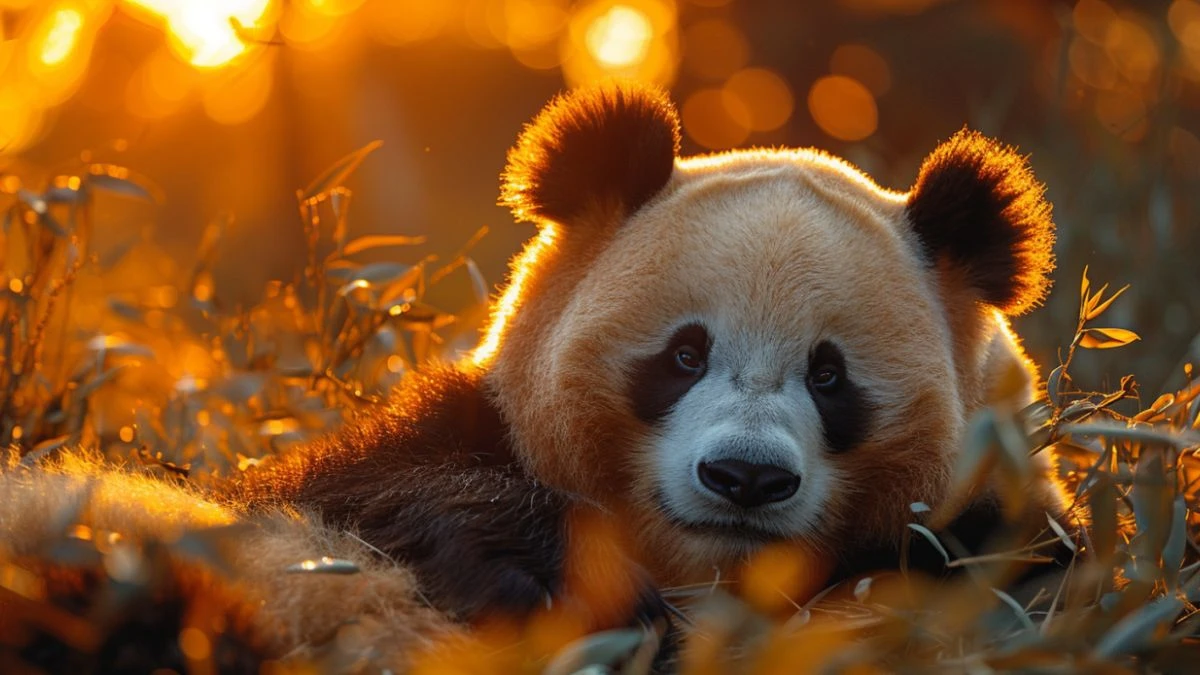
China’s national animals carry duality in their symbolism: the mythical dragon, a creature of celestial power, and the gentle giant panda, an emblem of peace and harmony.
The dragon, revered in Chinese mythology, represents strength, wisdom, and divine power. It’s a force of nature, capable of bringing both fortune and fury.
In contrast, the panda, with its endearing appearance, speaks of China’s modern approach to diplomacy—calm, approachable, and globally unifying.
The panda’s gentle yet resilient nature exemplifies China’s ability to balance tradition with progress, and its conservation efforts highlight the nation’s commitment to preserving its natural heritage.
F
- France
France – Gallic Rooster (Gallus gallus domesticus)
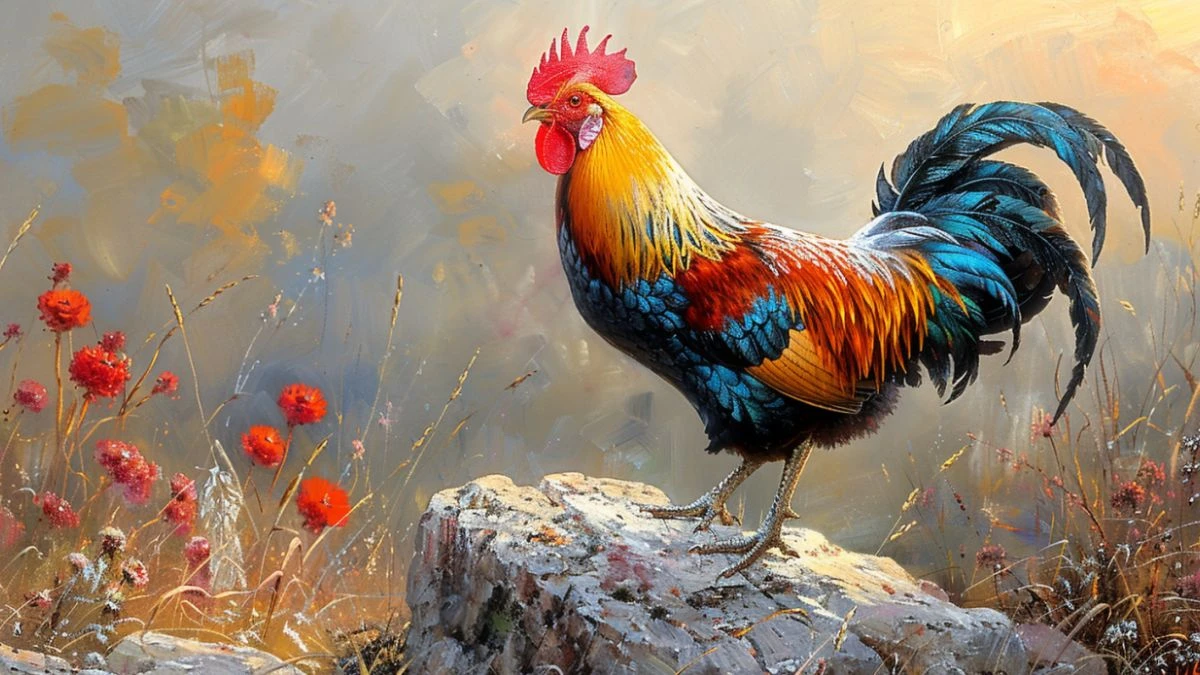
Loud, proud, and unapologetically bold, the Gallic rooster crows of revolution and identity. Its feathers are a vivid reminder of France’s revolutionary past, and its unyielding cry speaks to the heart of French resilience.
From its role in the French Revolution to its place on national emblems, the rooster has long been associated with the spirit of liberté, égalité, fraternité.
Its crowing is a call to arms, a proclamation of independence that resonates across history.
In every feather, there is the strength of a nation that, through its highs and lows, has never failed to assert its place on the world stage.
G
- Germany
- Greece
Germany – Bundesadler (Federal Eagle)
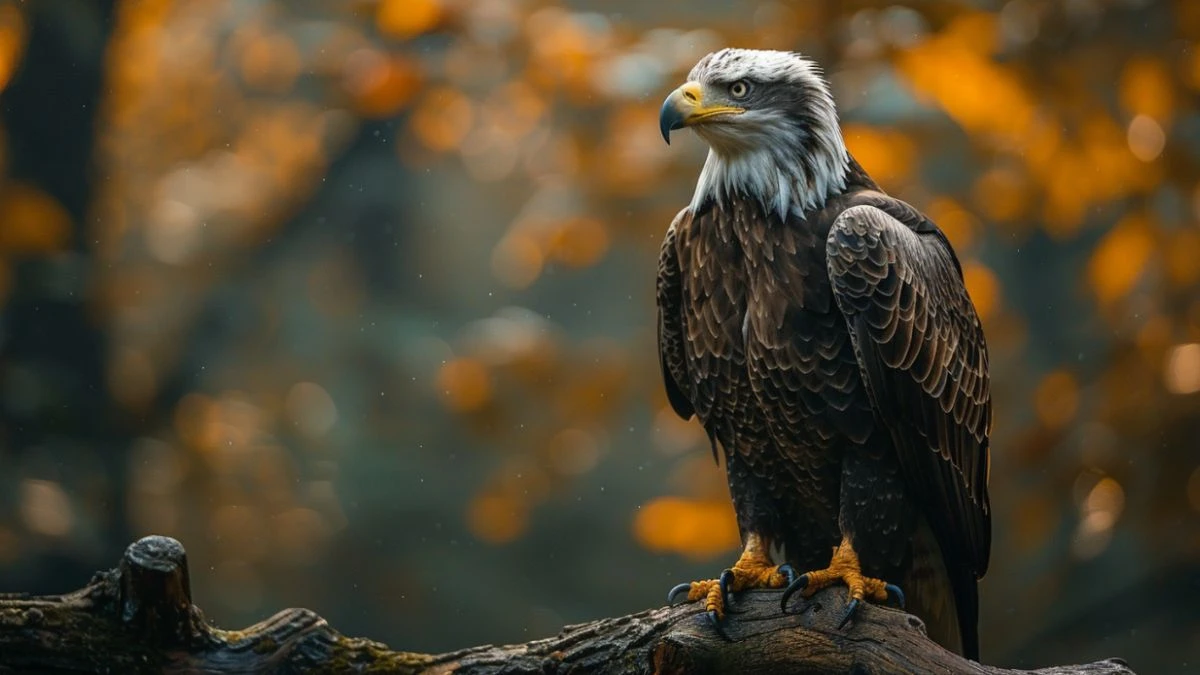
The Bundesadler, Germany’s federal eagle, is a symbol of power, precision, and unity. This majestic bird, often seen perched with its wings spread wide, represents the strength of the German nation—a nation forged from centuries of history, struggle, and triumph.
During the Cold War, it symbolized the aspirations of the divided nation. Now, in a unified Germany, the eagle continues to inspire confidence and national pride.
The eagle’s keen eyes and commanding presence remind the world that Germany stands as a global leader, resilient and determined.
Greece – Dolphin (Delphinus delphis)
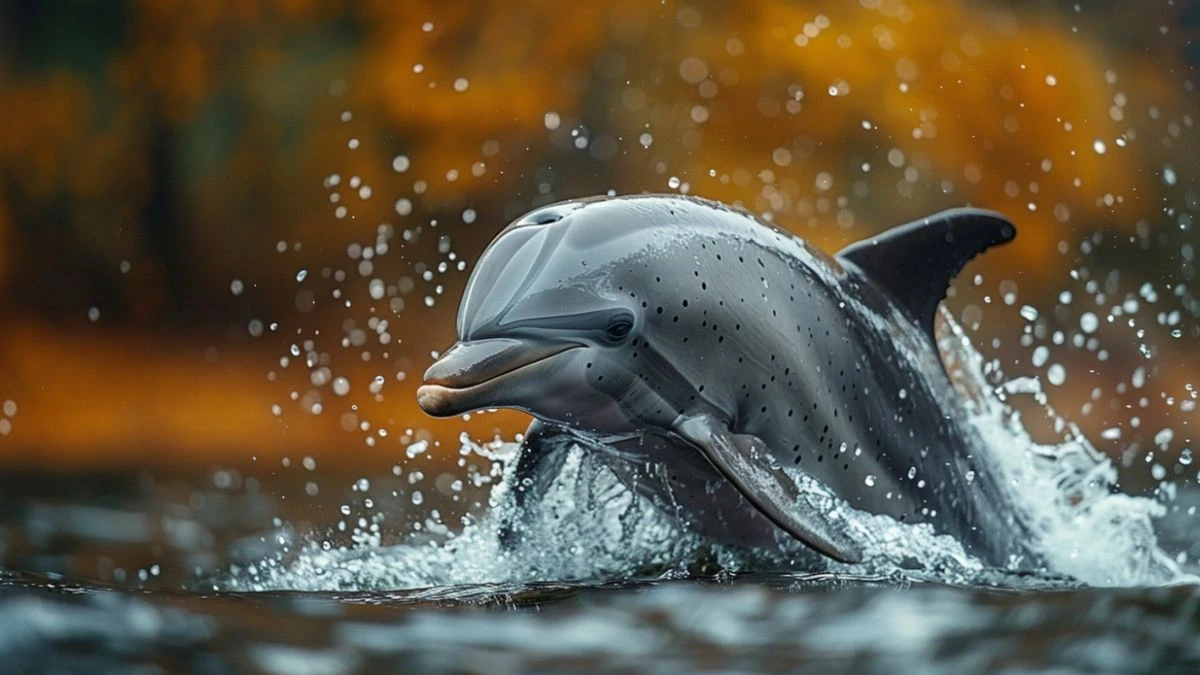
The dolphin, playful and graceful, is Greece’s divine companion in the sea. In Greek mythology, dolphins were believed to guide souls to the afterlife, and their acrobatics continue to symbolize the harmony between nature and human life.
These remarkable creatures embody Greece’s deep connection to the ocean, its myths, and its ever-present culture of wisdom and beauty.
As athletes in the Aegean waves, dolphins dance through the centuries, embodying the Greek spirit of celebration, freedom, and intelligence.
They represent both the past and future, an eternal connection to the waters that define Greece.
S
- Spain
- Sri Lanka
Spain – Bull (Bos taurus)
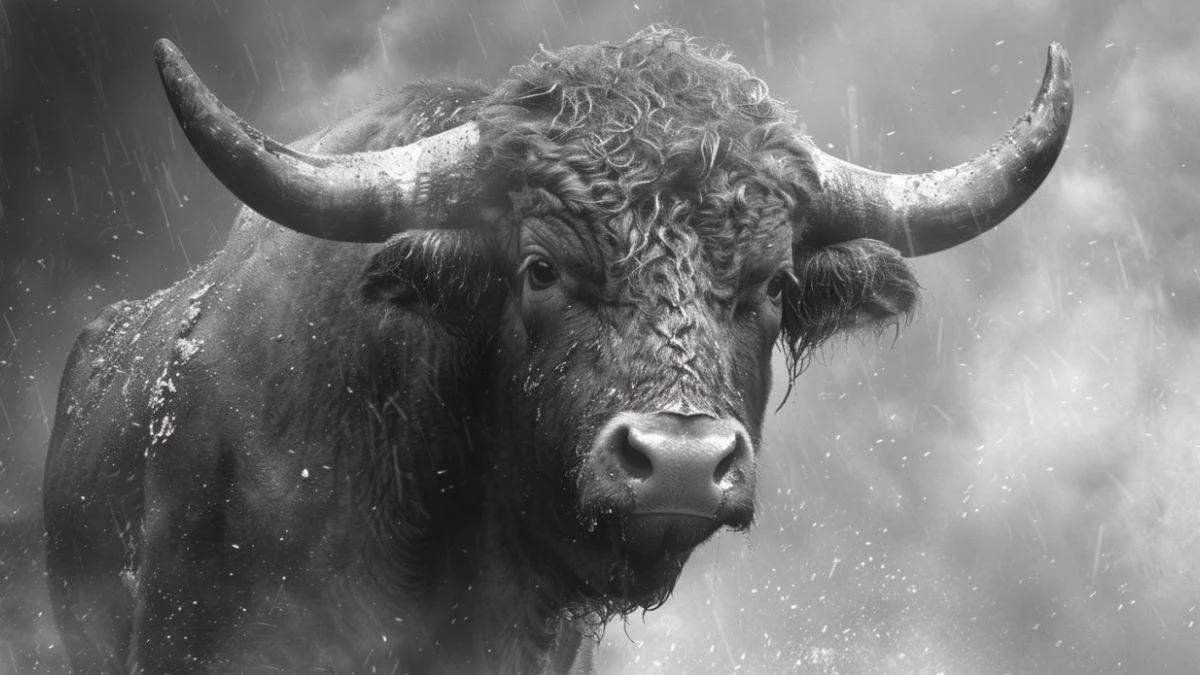
The bull is a potent symbol of Spain, deeply embedded in the nation’s culture, history, and identity. As an emblem of strength, courage, and vitality, the bull is synonymous with Spain’s most famous tradition: bullfighting.
This controversial yet long-standing cultural practice reflects the bull’s role as both a revered and feared creature.
The bull is also a symbol of Spain’s agricultural roots, representing endurance and fertility. In addition, the bull holds prominence in various Spanish festivals, such as the Running of the Bulls in Pamplona, where the animal’s raw power is celebrated.
However, beyond the arena, the bull also represents a deep connection to Spanish heritage and pride, rooted in both ancient and modern traditions.
Its fiery spirit matches the passionate, resilient nature of the Spanish people.
Sri Lanka – Lion (Panthera leo)
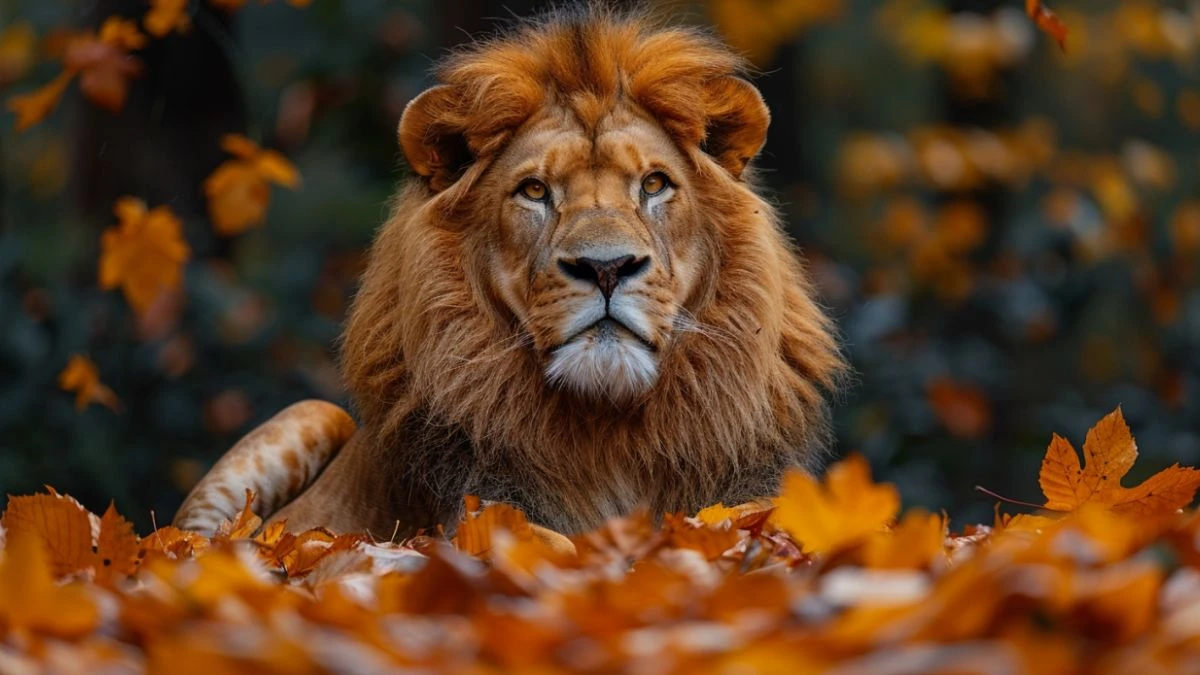
The lion has long been a symbol of strength, bravery, and royalty in Sri Lanka, appearing in ancient tales, mythology, and art. The lion’s image is central to the nation’s identity, prominently featured on the Sri Lankan flag, where it represents the island’s Sinhalese heritage and the country’s struggle for independence.
According to legend, the island’s first Sinhalese king, Vijaya, was descended from a lion, giving the lion a sacred connection to the people’s royal and warrior history.
The lion is also emblematic of courage and leadership, qualities the Sri Lankan people hold in high regard, especially as they continue to recover and rebuild after years of civil conflict.
While lions no longer roam the Sri Lankan jungles, their symbolic power remains an integral part of the country’s cultural fabric.
T
- Thailand
Thailand – Elephant (Elephas maximus indicus)
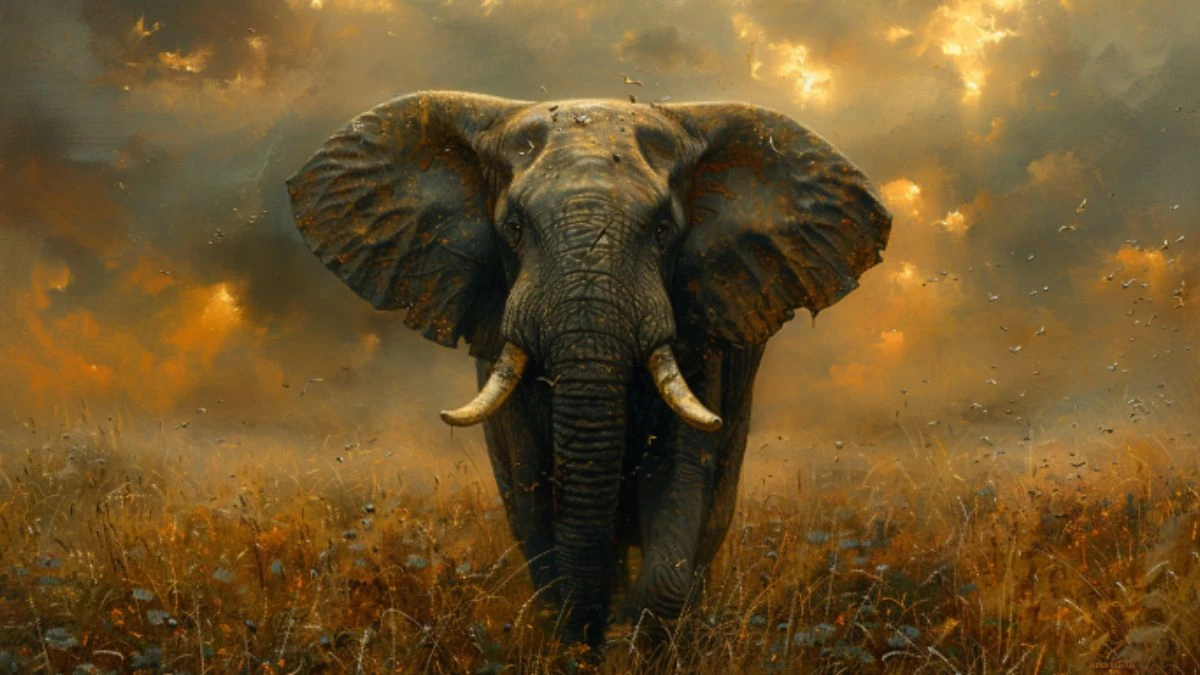
In Thailand, the elephant is revered as a symbol of strength, wisdom, and good fortune. The Thai elephant, particularly the white elephant, holds special significance in the country’s history and royal traditions.
The elephant is seen as a sacred creature, and it is said that when a white elephant is born, it signifies a prosperous reign.
Historically, elephants played crucial roles in warfare, transportation, and royal ceremonies, making them a pillar of Thai culture.
They are also central to Buddhist traditions, representing the Buddha’s mother’s dream of a white elephant, symbolizing purity and spiritual enlightenment.
Elephants continue to play a symbolic role in modern Thai society, appearing in festivals such as the Elephant Festival in Surin, where they are celebrated for their cultural importance and grace.
They embody the gentle strength of Thailand and the deep reverence the nation has for nature and its creatures.
U
- UAE
- USA
UAE – Arabian Oryx (Oryx leucoryx)
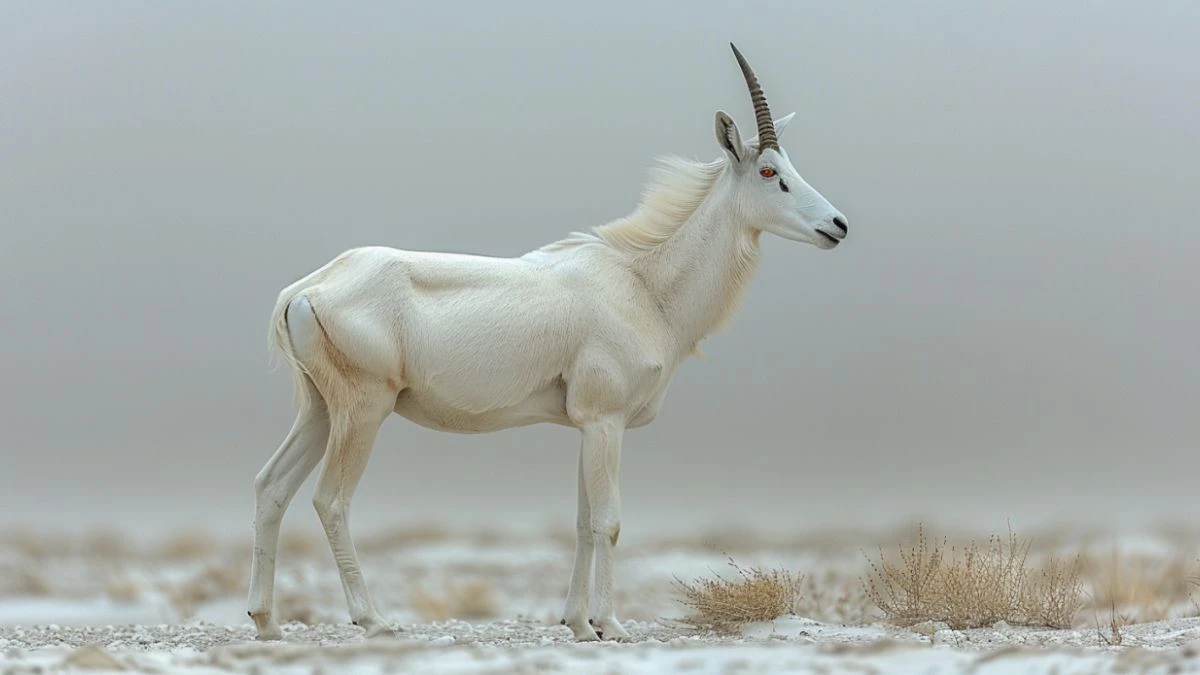
The Arabian Oryx is a symbol of the UAE’s resilience and the nation’s commitment to conservation and sustainable development. Once thought to be extinct in the wild due to overhunting and habitat destruction, the Arabian Oryx has made a remarkable recovery, thanks to focused efforts to reintroduce and protect the species in the UAE and surrounding regions.
This striking animal, with its long, slender horns and elegant appearance, represents the strength and endurance required to thrive in the harsh desert environment.
Its successful conservation story is a testament to the UAE’s dedication to protecting its wildlife and natural resources.
The oryx is featured on the emblem of the UAE and stands as a reminder of the country’s leadership in environmental stewardship and its drive to safeguard its heritage for future generations.
USA – Bald Eagle (Haliaeetus leucocephalus)
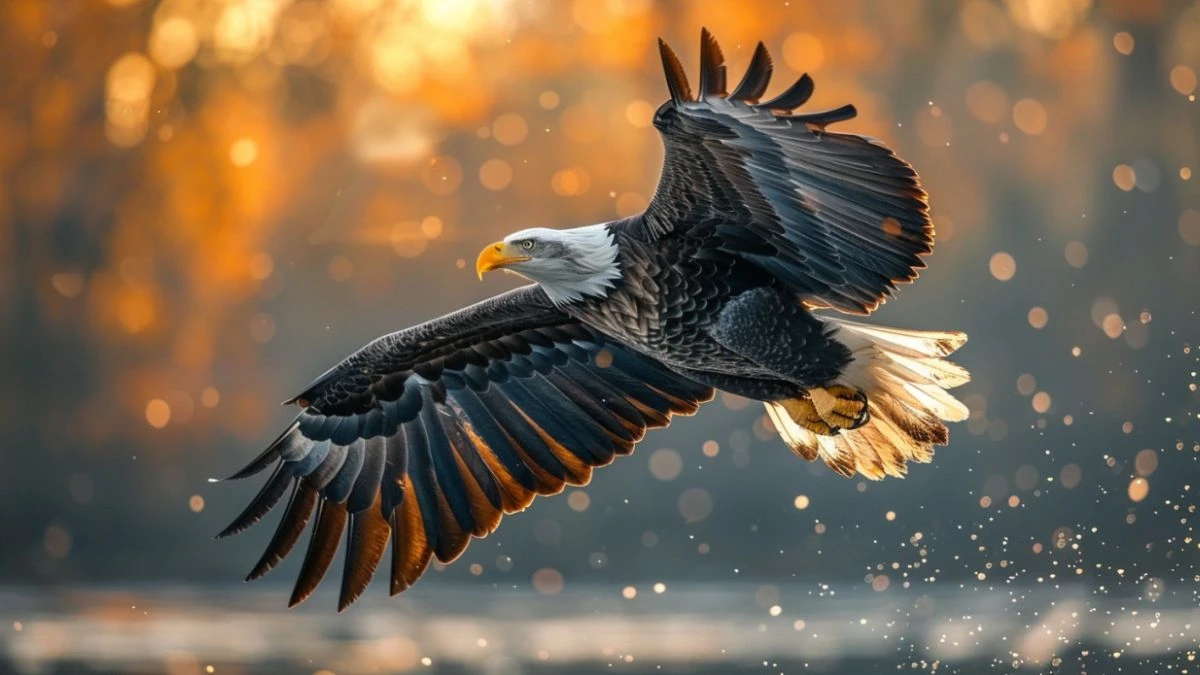
The bald eagle, with its soaring flight and commanding presence, is the proud national bird of the United States, symbolizing freedom, strength, and resilience. Its image graces the Great Seal of the United States, and it has been synonymous with American ideals of liberty and independence since the nation’s founding.
The eagle’s sharp vision and powerful flight are metaphors for the U.S. Constitution’s vision of a nation that soars above adversity and always keeps its eyes on the future.
While the bald eagle’s numbers dwindled in the mid-20th century due to habitat loss and pesticide use, conservation efforts have led to a remarkable recovery, symbolizing the nation's ability to overcome challenges.
The bald eagle is a fitting representation of the United States, embodying the spirit of perseverance and the enduring belief in freedom and democracy.

